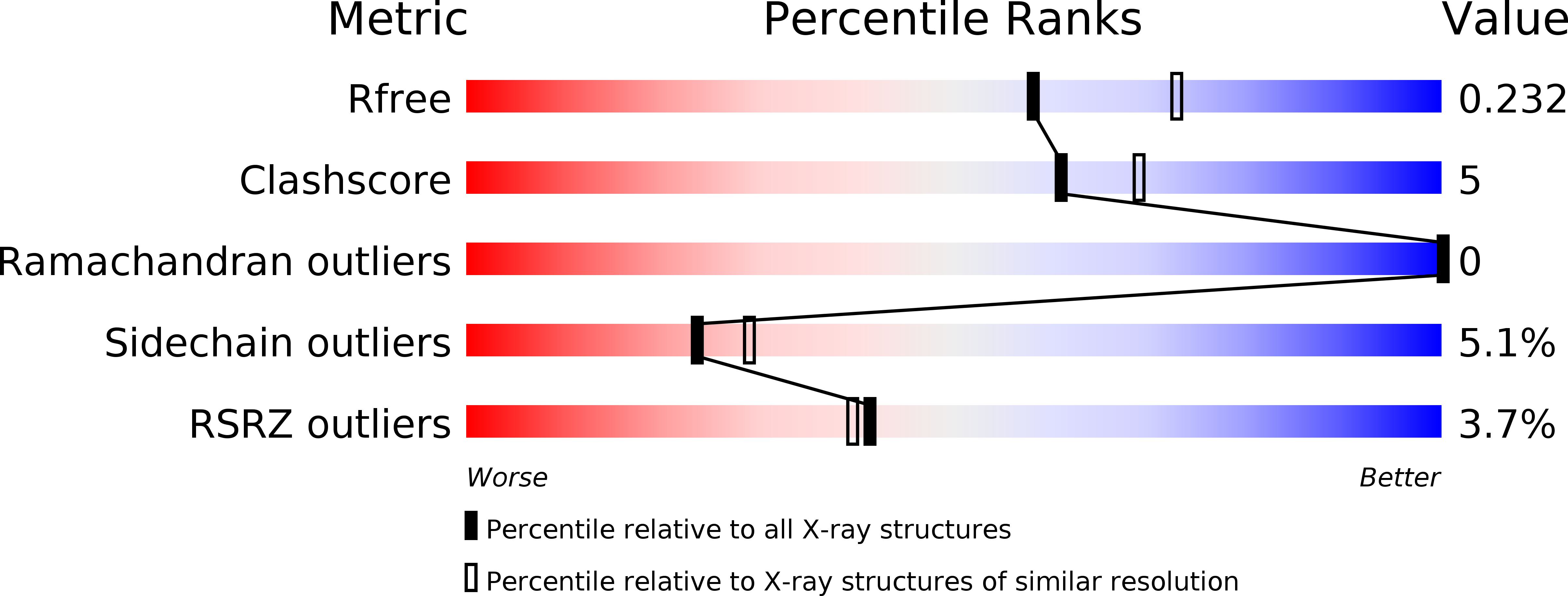
Deposition Date
2014-06-11
Release Date
2014-06-25
Last Version Date
2024-11-20
Entry Detail
PDB ID:
4TQG
Keywords:
Title:
Crystal structure of Megavirus UDP-GlcNAc 4,6-dehydratase, 5-epimerase Mg534
Biological Source:
Source Organism:
Megavirus chiliensis (Taxon ID: 1094892)
Host Organism:
Method Details:
Experimental Method:
Resolution:
2.20 Å
R-Value Free:
0.23
R-Value Work:
0.19
R-Value Observed:
0.19
Space Group:
P 63 2 2


